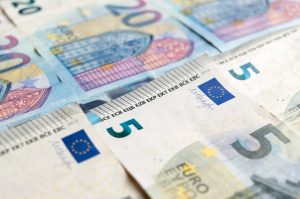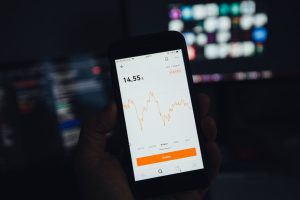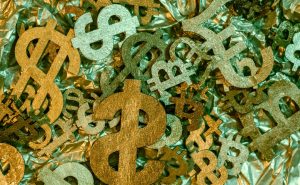Forex trading is a complex market that requires a lot of knowledge and expertise. It involves buying and selling different currencies with the aim of making a profit. Leverage is a critical aspect of forex trading, and it is essential to understand how to use it effectively. In this article, we will explore how to find your leverage in forex.
What is Leverage in Forex?
Leverage is the ability to control a large amount of money with a relatively small investment. It is a powerful tool that allows traders to increase their potential profits. Leverage is expressed as a ratio, such as 1:50, 1:100, or 1:500. This ratio represents the amount of money a trader can control for every dollar they invest.
For example, if a trader has a leverage ratio of 1:100, they can control $100 for every $1 they invest. This means that if they have $1,000 in their trading account, they can control up to $100,000 in the forex market.
Leverage can be a double-edged sword because it can magnify both profits and losses. If a trade goes in the trader’s favor, they can make a significant profit. However, if the trade goes against them, they can lose a considerable amount of money.
How to Determine Your Leverage in Forex
The amount of leverage a trader can use depends on various factors, including their trading experience, risk appetite, and the broker they are using. Most forex brokers offer different leverage ratios, so it is essential to choose the one that is suitable for your trading style.
To determine your leverage in forex, you need to understand your trading strategy and risk tolerance. If you are a conservative trader who prefers low-risk trades, a low leverage ratio is suitable for you. On the other hand, if you are an aggressive trader who is willing to take on more risk, a high leverage ratio may be more appropriate.
It is also important to consider the currency pair you are trading. Some currency pairs are more volatile than others, and as such, require a lower leverage ratio. For example, if you are trading the USD/JPY pair, which is known to be less volatile, a higher leverage ratio may be appropriate. However, if you are trading the GBP/JPY pair, which is more volatile, a lower leverage ratio may be more appropriate.
Another factor to consider when determining your leverage is the size of your trading account. If you have a small trading account, a low leverage ratio may be more appropriate, as you may not have enough capital to withstand significant losses.
Conclusion
In conclusion, leverage is a powerful tool in forex trading that can help traders maximize their potential profits. However, it is essential to understand how to use it effectively to avoid significant losses. To determine your leverage in forex, you need to consider your trading strategy, risk tolerance, the currency pair you are trading, and the size of your trading account. By taking these factors into consideration, you can find the leverage ratio that is suitable for your trading style and maximize your potential profits.





